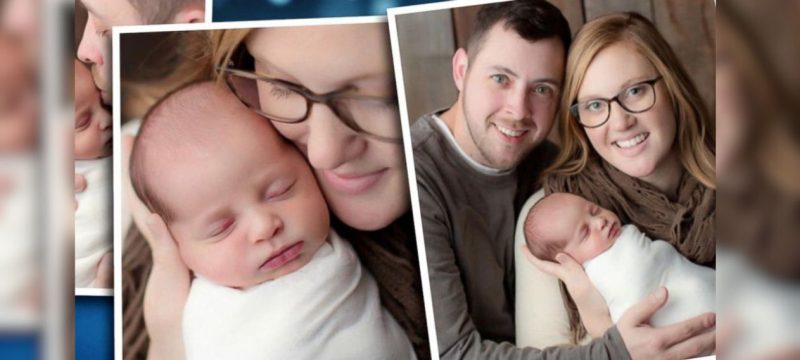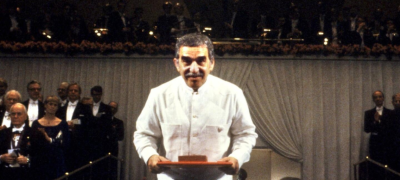Knoxville, Tennessee — In a groundbreaking event that has captured global attention, Tina and Benjamin Gibson from Tennessee welcomed their daughter, Emma Gibson, into the world—an extraordinary birth that marks a significant milestone in reproductive medicine.
What makes Emma’s arrival so remarkable is that she was conceived from an embryo that had been frozen on October 14, 1992, and remained in cryopreservation for over 24 years. At the time of Emma’s birth, her mother Tina was 26 years old—just a year older than the embryo she carried.
Read more: First Baby Born Via Largely Automated IVF Sparks New Hope in Fertility Tech
The Gibsons adopted the embryo through the National Embryo Donation Center (NEDC), a Knoxville-based faith-driven nonprofit organization that facilitates embryo adoption. The NEDC offers unused embryos from couples who previously underwent in vitro fertilization (IVF) to prospective parents struggling with infertility, allowing them the chance to experience pregnancy and childbirth.
Emma Wren Gibson’s birth set a new record for the longest-known frozen embryo to result in a successful live birth. Prior to Emma, the record was held by another embryo frozen for around 20 years.
Doctors at NEDC say Emma’s birth highlights the success and promise of embryo cryopreservation as a reliable and safe method of family building. The organization has so far helped facilitate over 7,000 births, and in many cases, its embryo transfer success rates are higher than traditional IVF.
“This is a testament to the science of reproductive medicine and the miracle of life,” said Dr. Jeffrey Keenan, medical director of the NEDC. “Emma’s birth gives new hope to countless families and proves that time can truly stand still when it comes to frozen embryos.”
The Gibsons, now proud parents, expressed gratitude and awe at the miracle of Emma’s life. “We weren’t looking to break any records,” said Tina. “We just wanted a child. But now, we feel like a part of something really special.”
Emma Wren Gibson’s story is not just one of scientific achievement—it’s a deeply human tale of love, hope, and the possibilities that modern medicine can offer to families everywhere.









